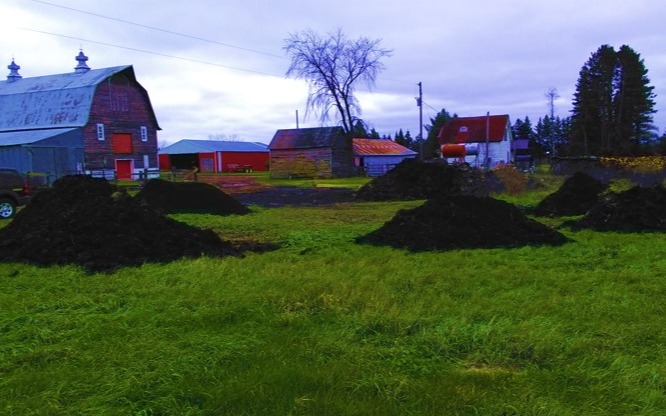Believe it or not, by a simple act of Congress the U.S. has the opportunity to save billions of wasted dollars in excess inventory, excess tools and tooling, excess costs of manufacture - and potentially raise American students test scores in math and science. What is that decision? Well first take a look at the map.
Three countries stand out in red on this map. These are the United States, Liberia, and Myanmar (Burma). According to the United Nations there are 206 states or countries in the world, 190 sovereign and 16 disputed. Approximately 203 of those entities have adopted the metric system. Three have not - the three are the ones shown in red.
Interestingly, the metric system was developed in the late 1700s by a famous French chemist named Antoine Lavoisier, apparently with a little help from his American compatriot… Benjamin Franklin. The metric system was given legal basis in France in 1795 and in the U.S. in 1866. So, it’s been legal in the U.S. for 150 years, it’s just not adopted as practice.
What does this mean for students? Studies in Great Britain and Australia suggest that the metric changeover in their nations may save 20 percent of the time previously spent teaching mathematics. A U.S. government report estimates the time saved in our schools could run from 15 to 25 percent.[1]
But the metric system is important for other reasons, key amongst them the simple fact that it is intuitive and it applies directly to all decimal based systems. If you have five meters and divide those meters by one thousand you get .005 meters, 0.5 centimeters, or 5 millimeters. It is simple; you can do the calculations quickly in your head. If you have 5 yards, and divide that by one thousand you have .005 yards, 0.00166667 feet, or 8.33333E-05 inches (.0000833333 inches); and no I didn’t do those last two in my head.
For those of us in natural resources, lets use a more applied example. Specific Gravity is used to compare natural resource materials because it tells us how much natural substance is in a given volume of the material (or density) as compared to that of water. The process of comparing the density of a substance to that of water standardizes it by eliminating the variances related to mathematical systems. Thus specific gravity calculated using the English (United States customary units) system as compared to the metric system is always the same number. However, calculating it can give you a feel for the challenges and wastes of time students face.
Lets say you have a block of wood weighing 150 grams with a volume of 400 cubic centimeters. In the English system this weighs 5.3 ounces with a volume of 24.4 cubic inches. If you happen to know that wood with a specific gravity between .250 and .400 is good for making windows, wood between .400 and .520 is good for making furniture, and wood over .520 is good for floors and you want to estimate what this block is good for, you would calculate its specific gravity. Now for simplicity, we won’t worry about moisture content in these calculations.
For the metric example, you simply calculate the density of the block (Density=Mass/Volume or 150 g/400 cc) or 0.375 g/cc. Then you divide it by the density of water, which happens to be… 1 gram per cubic centimeter (or 1 kilogram per cubic meter or 1 g/milliliter or 1 kilogram per liter). So the specific gravity of the metric block you can do in your head. It is 0.375 and the units cancel out.
The English system is a whole different ball game. To calculate density in the English system you divide the 5.3 ounces by 24.4 cubic inches and you get 0.215 oz/in3; it’s pretty straightforward so far. However, to calculate Specific Gravity you have to know that the specific gravity of water in the English system – which varies by unit used AND I would note that there are at least nine different ways to measure density in the English system and all have different values for the density of water![2] So, in this example the density of water in ounces per cubic inches would be looked up on a table, or converted from a memorized version, at 0.578 oz/in3 (or 62.4 pounds/cubic foot or 8.343 pounds per US gallon) and the resulting specific gravity would be about .375. And in many schools the students learn to convert between measures so they don’t have to look it up on a table – all they have to do is remember one version. So, many students of the English system know that the density of water is 62.4 pounds per cubic foot. So in this example, to get the value in ounces per cubic inches they would multiply the 62.4 #/ft3 by 16 oz/# and then by 1 ft3/1728 in3 to get the 0.578 oz/in3. I challenge you to do that one in your head! Talk about time consuming, complicated, and with many opportunities for errors!
Hopefully you are starting to get the point. The metric system is not only used by 99 percent of the countries of the world, it is much, much easier to use. It is more intuitive, allows you to think about concepts not details, avoids complex conversion factors and can save a lot of time.
So, with the adoption of the metric system not only would we eventually only need one set of mechanics tools, all our equipment would match with the rest of the world, inventories of parts and pieces would be reduced, and we can save billions of dollars while our children will be more competitive on the global stage in math and science. Let’s officially go metric system today, and the federal government should lead the way.
Dr. Jeff Howe
February 2014
Map Source: http://gizmodo.com/5786004/these-are-the-three-countries-who-dont-use-the-metric-system
[1] You and the Metric System, Stover, Allan C. Dodd, Mead & Company, 1974, p. 15.
[2] Actually it is more complex than that as density of water varies by temperature, so each of the nine variations would vary depending on the temperature!
- Lead AuthorHowe
- DateFebruary 2014
- CategoryEnvironmental
- Project FileDownload


.jpg)



.png)